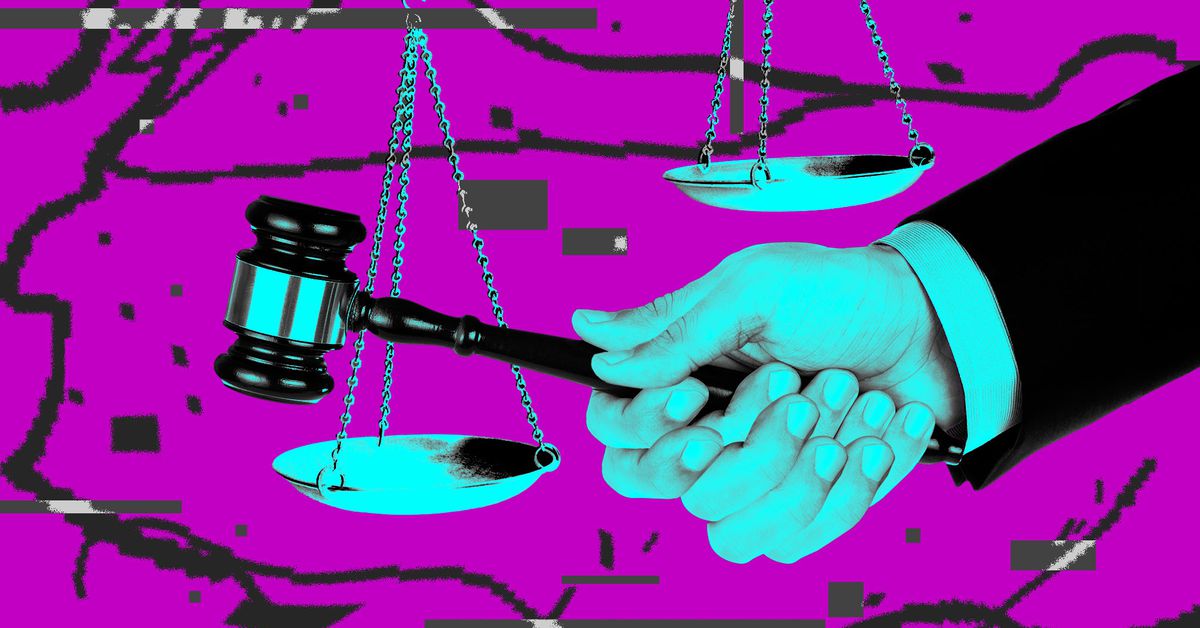A bipartisan group of senators introduced a new bill to make it easier to authenticate and detect artificial intelligence-generated content and protect journalists and artists from having their work gobbled up by AI models without their permission.
The Content Origin Protection and Integrity from Edited and Deepfaked Media Act (COPIED Act) would direct the National Institute of Standards and Technology (NIST) to create standards and guidelines that help prove the origin of content and detect synthetic content, like through watermarking. It also directs the agency to create security measures to prevent tampering and requires AI tools for creative or journalistic content to let users attach information about their origin and prohibit that information from being removed. Under the bill, such content also could not be used to train AI models.
Content owners, including broadcasters, artists, and newspapers, could sue companies they believe used their materials without permission or tampered with authentication markers. State attorneys general and the Federal Trade Commission could also enforce the bill, which its backers say prohibits anyone from “removing, disabling, or tampering with content provenance information” outside of an exception for some security research purposes.
(A copy of the bill is in he article, here is the important part imo:
Prohibits the use of “covered content” (digital representations of copyrighted works) with content provenance to either train an AI- /algorithm-based system or create synthetic content without the express, informed consent and adherence to the terms of use of such content, including compensation)



The big differences there are whether it’s a person or a machine and just how much art one can digest as inspiration. Again, reference my example of a commission above - the main difference between a human and an AI making it is whether they look up a couple dozen examples of each element to get a general idea or 100 million examples of each element to mathematically generalize the idea, and the main reason the number of examples and power requirements need to be so different is that humans are extremely efficient pattern developing and matching machines, so efficient that sometimes the brain just fills in the pattern instead of bothering to fully process sensory inputs (which is why a lot of optical illusions work).
At a level, “churning out an image to best satisfy some random person’s” description is essentially what happens when someone commissions a work or when producing things to spec as part of some project. They don’t generally say “just draw whatever you are inspired to” and hope they like the result. This is the thing that AI image generators are specifically good at, and is why I say it’s about protectionism for a class of workers who didn’t think their jobs could be automated away in whole or in part.
Except you are, you are just deeming that job “someone’s dream career” as though that changes whether or not it’s a job that is being automated in whole or part. Yes, it’s going to hurt the market for commissioned art works and the like. Again, upset because those jobs are supposed to be immune to automation and - whoopsie - they aren’t. Join the people in manufacturing, or the makers of buggy whips.
Literally no one is going to ban or forbid anyone from creating art because AI art exists.